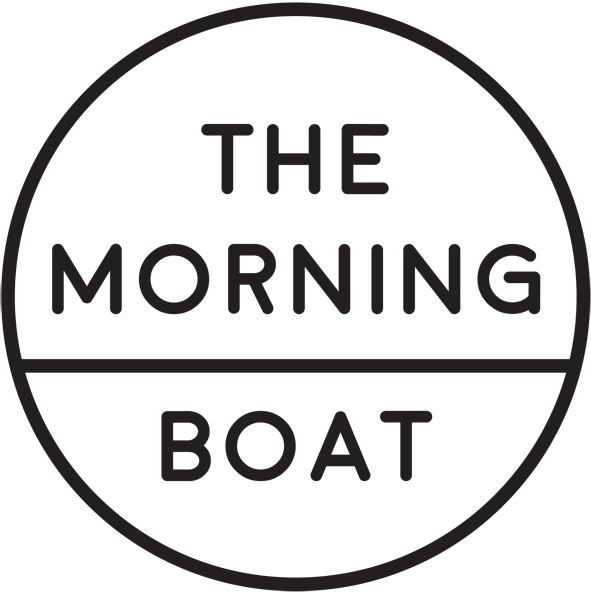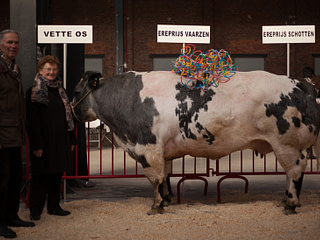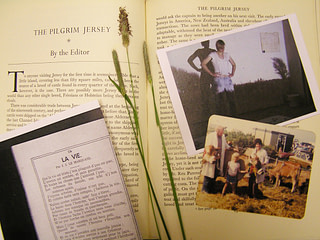Summary
The number of active farms in Jersey has fallen from over 1000 to under 100 in a relatively short space of time. Many former farmhouses have been redeveloped and sold as expensive real estate. The artist Rowan O’Neill explored this demographic, cultural and economic shift with residents of the island, to create a public performance with some of the communities, groups and individuals that she encountered. On an island where agriculture has been a mainstay of economic and social activity for centuries, what effect have changes in agriculture and contemporary economic necessity had on the traditional family farm?
“I was bought up on a dairy farm in West Wales in the late 1970s and 80s. Unusually for the area in which we lived the cattle we farmed were Jerseys, famed for their rich creamy milk. In 1989 we were forced to sell the family farm due to the external pressures of milk quotas and a persistent problem with effluent polluting a nearby watercourse. I was 12 at the time. My Mum found work at a local theatre and I swapped my ambitions to join the young farmers club to joining a thriving youth theatre. I never got to follow in my father’s footsteps and become a Jersey farmer and though I have continued to forge a career in art and performance, these days I notice that I am drawn to the dwelling places that exist at the end of lanes that remind me of the environment in which I was raised, where bread was baked, contractors fed and milk separated.” Rowan O’Neill
Partners
Former Farmhouses
Investigating the decline in the number of active farmhouses in Jersey.
What effect have changes in agriculture and contemporary economic necessity had on the traditional family farm?









Leave a Reply